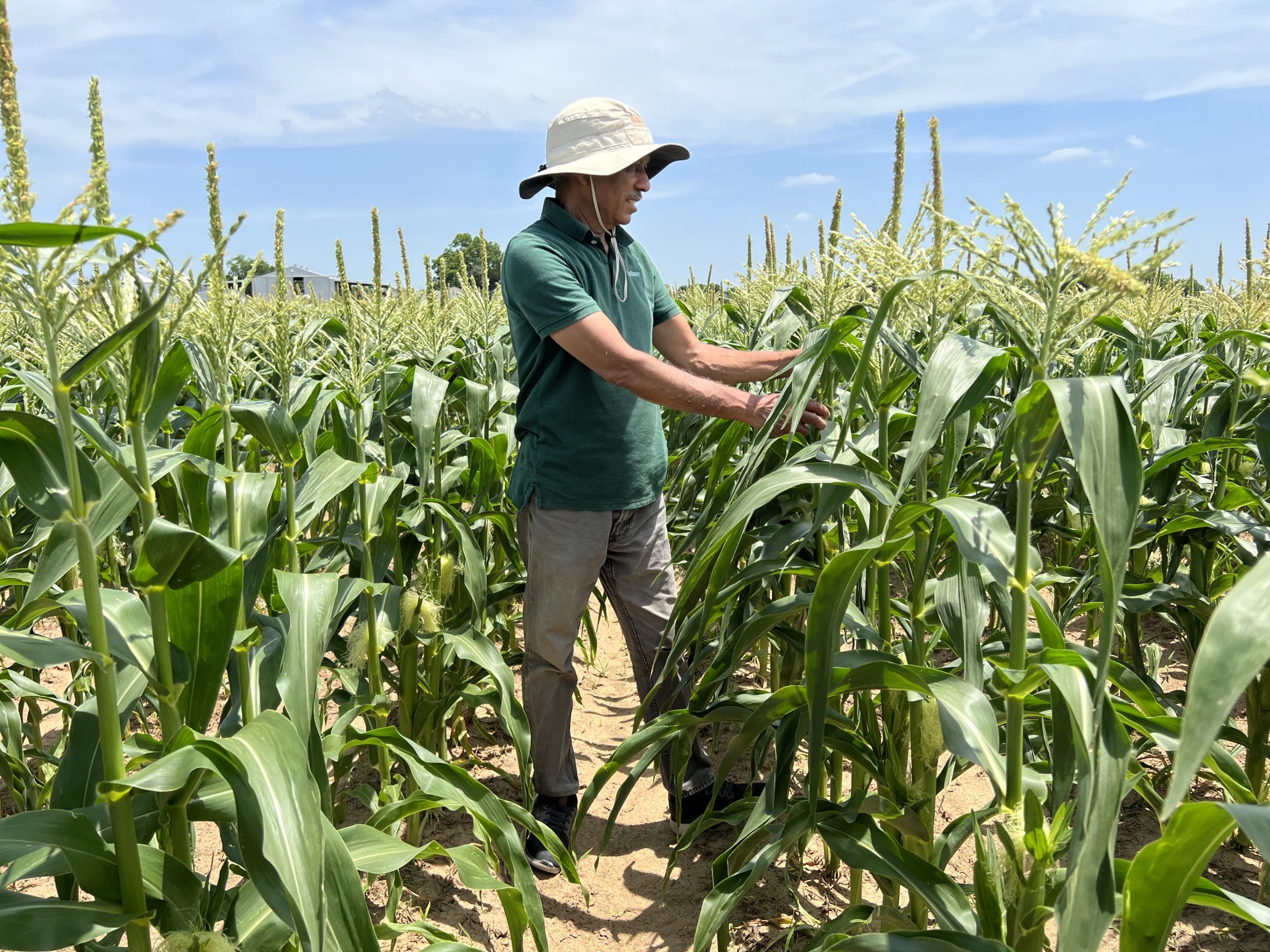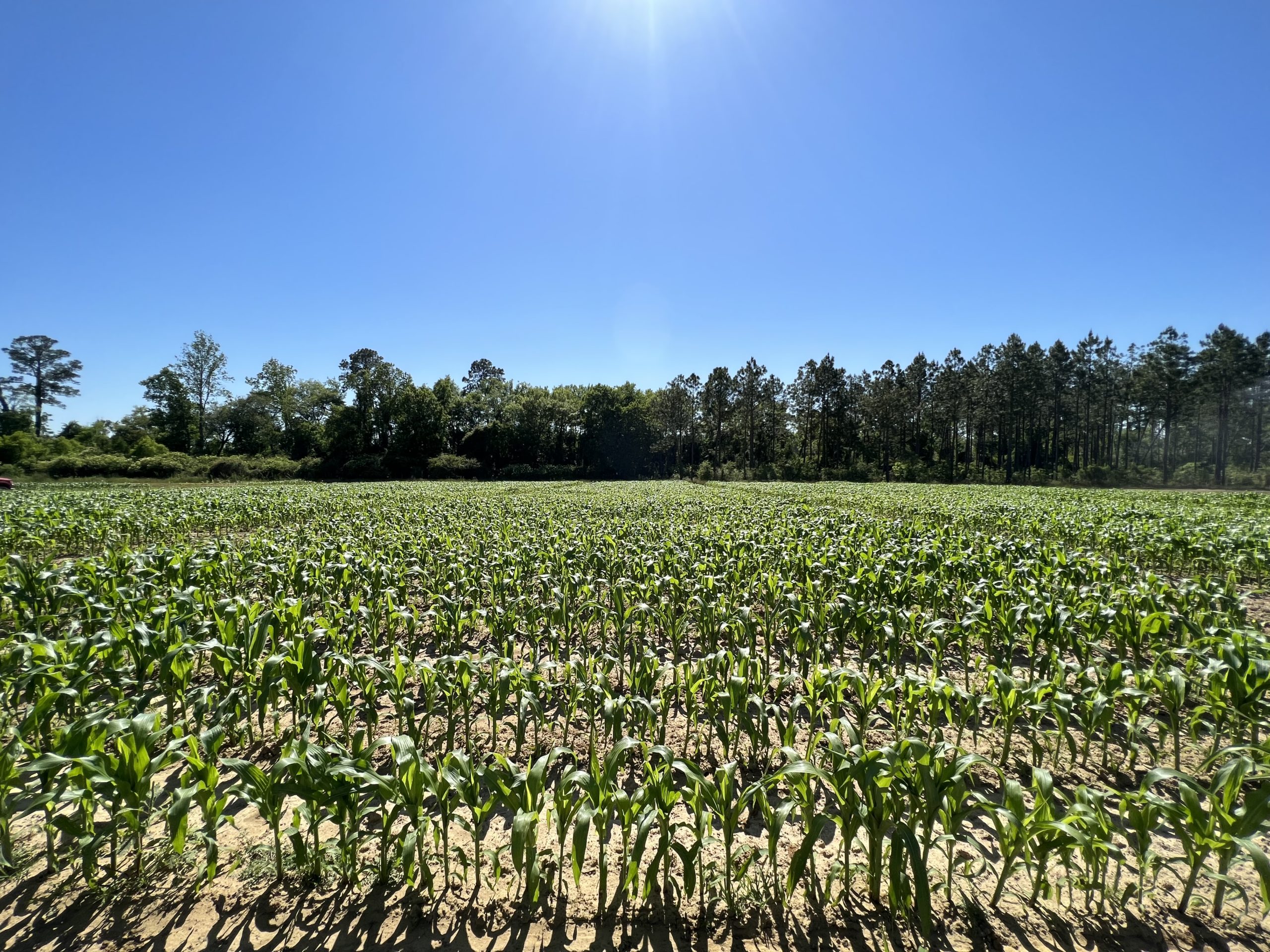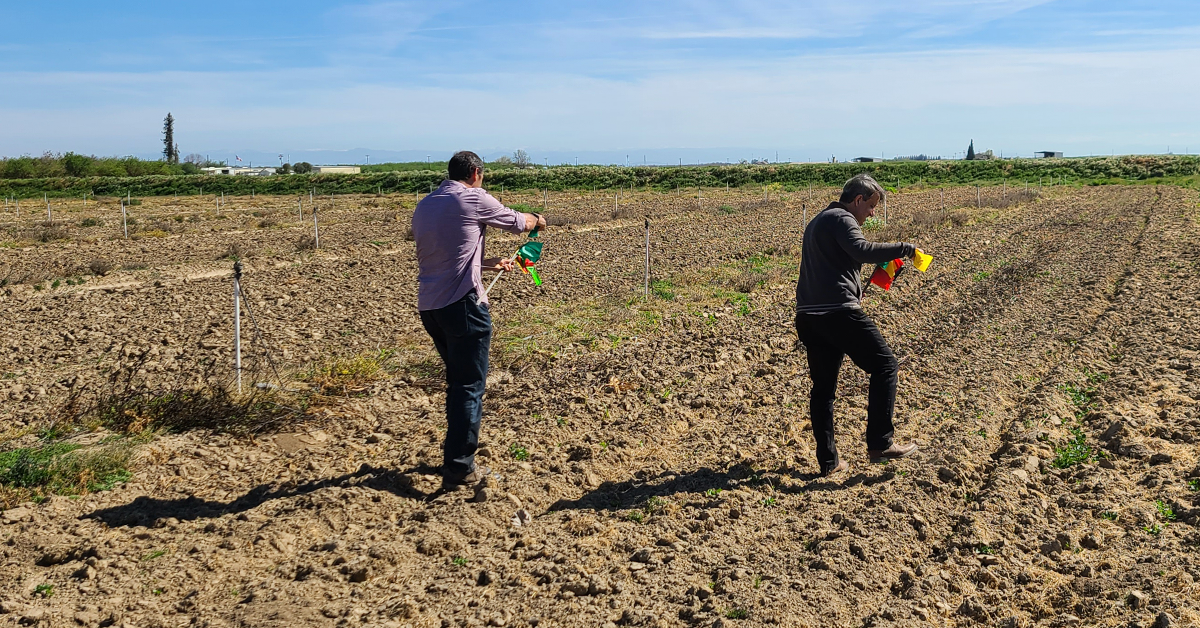Less risk and more reward are achievable with a strategic approach to early and late stages of product development. Once field trials are initiated, site selection and protocol design drive the quality of performance data, supporting the ultimate product position and successful use. Key factors that positively or negatively impact the product performance must be identified as early as possible in the process.
If the technology is new, every piece of data can bring enlightenment, but strategic site selection becomes imperative to gather insights which continue the product development for positioning.
The challenges:
-
-
- Environmental “noise” affects the evaluation of innovative technologies in the field. Replicated trials with specific protocols and detailed characterization improve the objectivity of the assessment. As product position and best uses are defined, the late development trials can deliver even more targeting for performance data.
- Too many questions to answer. The more data a company tries to discover within a single trial, the less the companies will learn. A strategic approach is best. The tendency is to make the budget stretch as far as possible, but the more objectives you add to a protocol, the less focused the data will be. Companies can often spend time and money and not get what they need without a focused strategic approach.
- Consider the target market needs. What are the most important problems the product can solve? What are the primary and secondary issues to consider? For example, secondary pests on a product label can be a difference-maker for growers. To label a product for control of secondary pests, product development experts must have experience testing for secondary pest control. Secondary pests are a challenge because those pressures do not exist in every region, soil type, crop, or environment. So, protocols must be designed based on pests and not only on crops.
- Data-driven analysis of sites. The critical component for site selection of a trial is to determine the right place at the right time in the right environment to show the desired results. For example, fertility trials to be in responsive soils, efficacy trials for disease control at the sites having history of that disease to have enough pressure for comparisons. Product development requires knowledge about the product, the results to date and then applying that understanding to the pests, crops, and geographies.
- Plan before Planting. Thoughtful strategy development before starting a trial is important. Once a protocol is in place, each change increases the probability of inconsistency. Thinking through the data needs at the beginning ensures complete data at the end of the trial.
-

A recent example: AgriThority® is conducting small plot trials in sweet corn. The overall objective is to study and evaluate the effect of microbial phosphorus solubilizing products on the availability of phosphorus from Phosphate Rock (PR) to increase their agronomic efficiency under standard field conditions, for both organic and conventional farming.
Sites were strategically selected in Georgia, Texas, and Florida with phosphorus-responsive soils to ensure relevant and applicable data, which will then influence the quality of the insights derived from the data. The site selection enhances the study of products applied as spring pre-plant broadcast application to organic and conventional sweet corn.

AgriThority experts are quantifying the differences in the phosphorus uptake and accumulation from PR applied together with phosphorus solubilizing products compared to the PR, and DAP/MAP (grower standard practice) that supply the same rate of phosphorus.
Over the past 10 years, AgriThority experts have conducted more than 1,500 trials across 29,500 plots on 63 crops. The common goal is to develop best management practices from specifically designed protocols and sites selected for testing conventional and biological technologies.

Reach out to AgriThority to generate accurate, credible data, which is mandatory throughout the product development stages. Our disciplined Prescriptive Response™ Development services drive detailed management of process and science. to ensure productive learnings and insights move innovations toward commercialization.
Forward-thinking agriculture experts with deep scientific experience are the core of AgriThority®. As an independent global science consultancy, we focus on exploring potential, expanding market access and evolving production for greater food security and sustainability. When your Research is ready for Development, turn to AgriThority for scientific business, market and product expertise.



